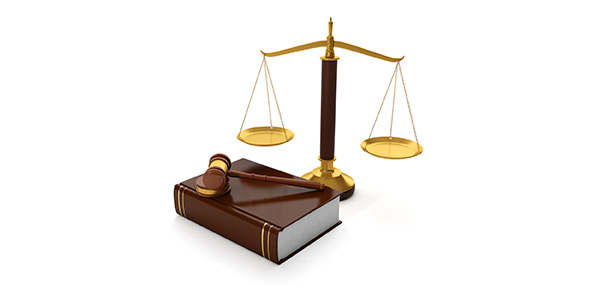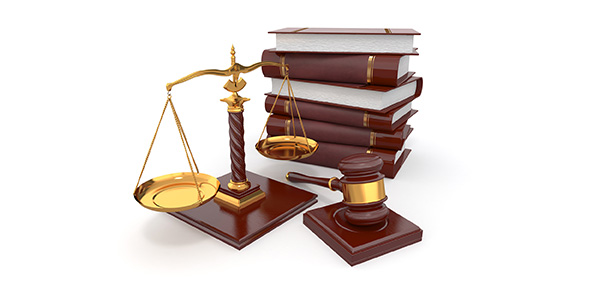Related Flashcards
Cards In This Set
| Front | Back |
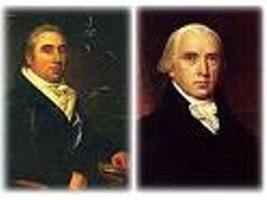 Marbury vs. Madison |
Facts of Case: William Marbury submitted a case to the Supreme Court that required another official to deliver certain documents to Marbury, pertaining to commission in office. Marbury believed there was a statute that made such a thing Constitutional.
Question: Was the statue that Marbury claimed as Constituitional actually Constitutional?
Conclusion: The court declared the statute un- Constitutional and the concept of Judicial Review was established.
|
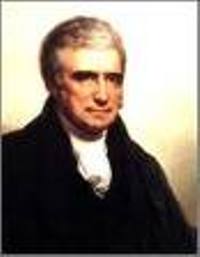 McCulloch vs. Maryland |
Facts of Case: Maryland, as a state, attemped to impede operation of a branch of the Second Bank of the United States by imposing a tax on all notes of banks not chartered in Mayland.
Question: What were Maryland's consquences for such actions?
Conclusion: The court invoked the Necessary and Proper Clause of the Constitution, which said that state action may not impede valid constitutional excercises of power by the Federal government.
|
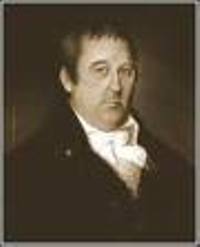 Gibbons vs. Ogden |
Facts of Case: The Supreme court believed that the power to regulate interstate commerce was granted to Congressby the Commerce clause of the United States. Thomas Gibbon's federal "coasting license" didn't include "landing rights" in New York. Aaron Ogden owned a NY ferry license that gave him the right to operate to and from NY.
Question: Who argued for Gibbons? Ogden?
Conclusion: The Supreme Court ruled in favor of Gibbons, argued by Daniel Webster. They invalidated the NY licensing regulations, holding that federal regulations should take precedence under the Supremacy Clause.
|
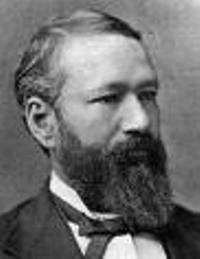 Plessy vs. Ferguson |
Facts of Case: A Louisiana law required separate seating for white and African American citizens on public railroads, as a form of segregation. Herman Plessy agruged that his equal protection of the laws was violated.
Question: What was the court's decision?
Conclusion: The Supreme Court held that segregation was permitted if facilities were equal. The 14th Amendment was interpreted as the right to social, political, and civil equality.
|
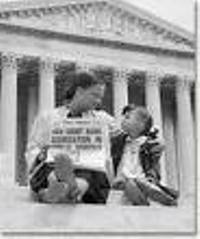 Brown vs. Board of Education |
Facts of Case: A ten year old girl in Topeka, Kansas was not allowed to attend the neighborhood school because she was African American.
Question: How was this a violation of the constitution?
Conclusion: The Court heard arguements about whether segregation was a violation of the Equal Protection Clause, and found that it was. This case overturned Plessy vs. Ferguson.
|
 Roe vs. Wade |
Facts of Case: A Texas woman challenged a state law that forbade the artificial termination of a pregnancy, saying she had the "fundamental right to privacy".
Question: How did the Supreme Court resolve this case?
Conclusion: The court upheld the woman's right to choose, and said that the patient is free to determine if the pregnancy should be terminated.
|
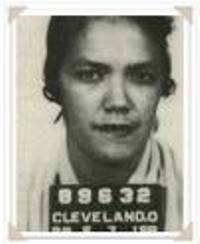 Mapp vs. Ohio |
Facts of Case: Admitting evidence gained through illegal searches was permitted before this case. Cleveland police raided a woman's house and found obscene materials. She complained that the 4th and 14th Amendments protected her against improper police behavior.
Question: And the judges ruled..?
Conclusion: The Court agreed with the woman, saying that the prohibition against unreasonable searches would be meaningless unless evidence gained in such searches was excluded.
|
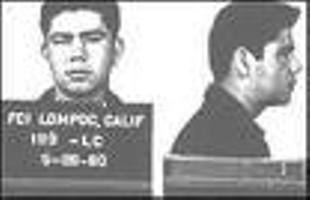 Miranda vs. Arizona |
Facts of Case: Erneston Miranda was arrested for sexual assault and kidnapping, therefore he signed a confession including a statement that he had "full knowledge of his legal rights..". After convicion, he appealed, claiming that without legal counsel and without warnings, the confession was illegally gained.
Question: This case brought on what saying that police officers frequently use?
Conclusion: The court agreed with Miranda, and said that he must've been warned prior to questioning that he has the right to remain silent, anything he said or did can be used against him in a court of law, etc.
|
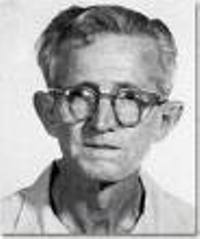 Gideon vs. Wainwright |
Facts of Case: In a 1961 Florida court, clarence Earl Gideon was found guilty of breaking and entering and sentenced him to 5 years in prison. Gideon appealed his case to the Supreme Court on the basis that he had been unconstitutionally denied cousel during his trial due to Florida's policy of only providing appointed counsel in capital cases.
Question: How did the Court rule?
Conclusion: The Supreme Court granted Gideon a new trial and was found not guilty with the help of an attorney. This case helped the 6th Amendment re-establish the guarantee of counsel of all poor persons facing a felony charge.
|
 Tinker vs. Des Moines |
Facts of Case: Three students in Des Moines, Iowa were suspended from school for wearing black armbands to protest the Government's policy in Vietnam.
Question: Which Amendment was upheld?
Conclusion: The Court upheld the student's 1st Amendment rights, and said that schools must show a possibility of "substantial disruption" before freedom of speech can be limited at school.
|
|
Engel vs. Vitale
|
Facts of Case: The State Board of Regents in NY required the recitation of a 22 word non-sectarian prayer at the beginning of school each day. A group of parents filed suit against the required prayer, claiming that it violated 1st Amendment rights.
Question: What was the courts decision?
Conclusion: The Court found the action unconstitutional, observing that there was no doubt that religious beliefs were embodied in the Regent's prayer.
|
|
Texas vs. Johnson
|
Facts of Case: Gregory Lee Johnson, while participating in a political demonstration outside of the 1984 Republican National Convention in Dallas, Texas. Johnson poured kerosene over ann American flag and lit it on fire.
Question: How was Johnson punished?
Conclusion: The court questioned if this act was simply an extension of the 1st Amendment, and therefore was invoked.
|
|
Furman vs. Georgia
|
Facts of Case: Three different death penalty cases raised the question of racial imbalances in the use of death sentences by State courts. William Furman had been convicted and sentenced to death in Georgia.
Question: What did the Supreme Court decide?
Conclusion: The courts gave orders for the states to rewrite their death-penalty statutes.
|
|
Korematsu vs. United States, 1944
|
Facts of Case: In this case, the Constitutionality of Executive Order 9066, which ordered the Japanese into internment camps during World War II.
Question: Was it repealed or upheld?
Conclusion: The Court upheld military order in light of WWII. They did note, however, that racial antagonism itself could never form a legitimate basis for restriction.
|
|
Hazelwood School District vs. Kulhmeier, 1988
|
Facts of Case: In 1983, the principal of Hazelwood East High School in Missouri removed two articles from an issue of the student newspaper, deeming the content "inappropriate, personal, sensitive, and unsuitable for student readers". Students claimed their 1st Amendment right had been violated.
Question: Was it actually a violation?
Conclusion: The Courts upheld the principal's decision, and said that school officials had full control over school-sponsored activitites.
|



